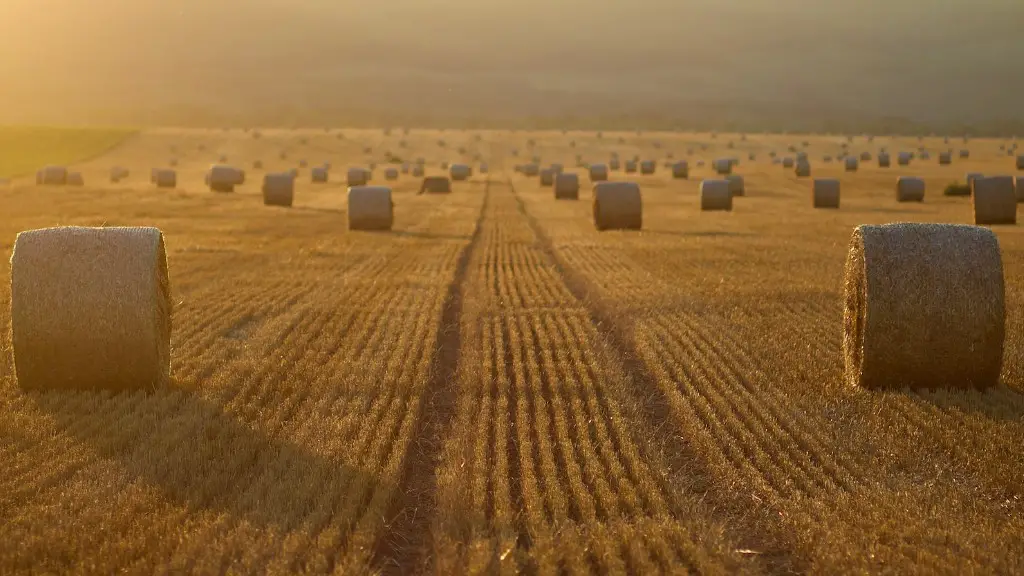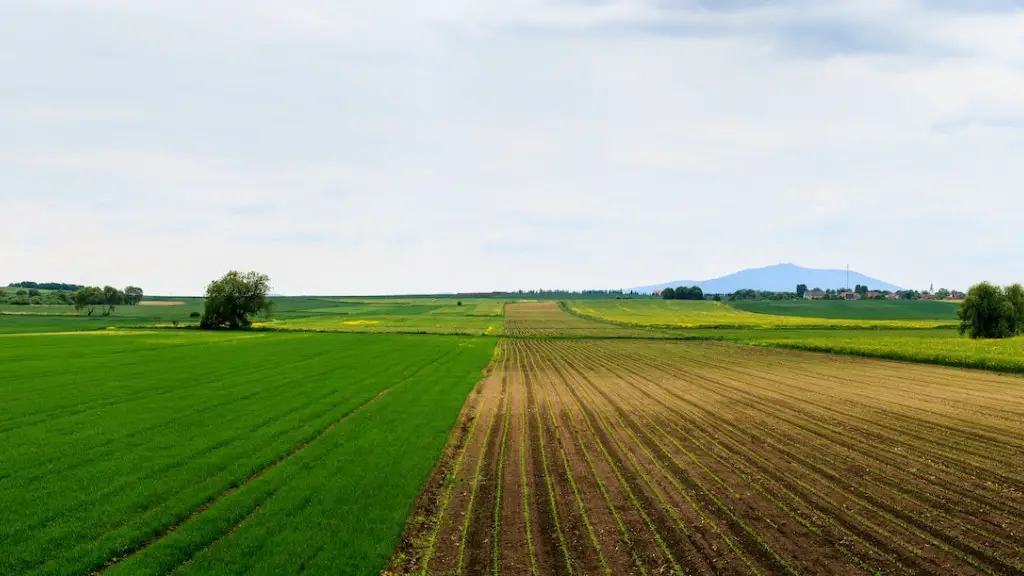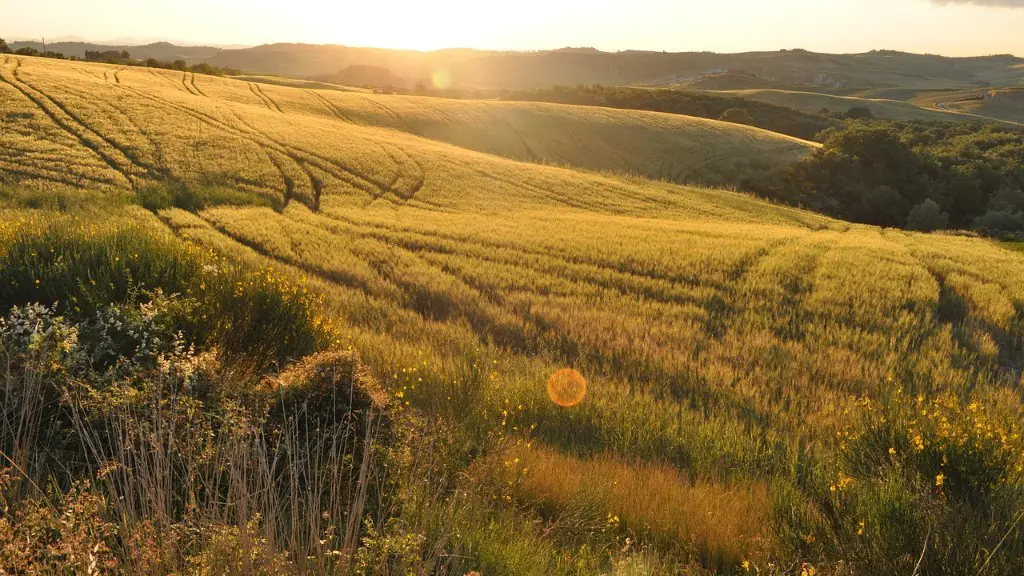Animal agriculture is a particularly controversial topic due to the high environmental impacts that it has. Animal agriculture heavily contributes to global warming, deforestation, habitat destruction, water usage, pollution and genetic modification, leaving many to ponder why it is not addressed more frequently. In fact, animal agriculture is responsible for around eighteen percent of total anthropogenic Greenhouse Gas Emissions, making it a leading cause of climate change-related issues. Even more alarming, animal source foods are responsible for approximately eight percent of global water withdrawals, while the global population is due to increase by two billion people next decade.
Cruelty towards animals is another pet peeve to consider when discussing animal agriculture. There is an immense amount of animal suffering that goes undetected, in addition to the exploitation of animals on factory farms. Animals are confined in spaces too small to move, with most animals having no access to natural sunlight and fresh air. Moreover, they receive low-quality food, or none at all, that provide inadequate nutrition leading to a depletion in their natural health.
Additionally, animal agriculture has a detrimental effect on public health due to the overuse of antibiotics in livestock. Classified as drugs, antibiotics can be found in everything from fish to chickens, facilitating the emergence of antibiotic-resistant bacteria which can potentially be passed on to humans. Similarly, vitamins and minerals from animal sources can be found in many processed products, yet humans require food that is not produced using pharmaceuticals.
Furthermore, animal agriculture is damaging to the environment due to its extensive water usage. It requires up to eighty times more water to produce one kilo of beef compared to one kilo of vegetables. Intensive farming systems also lead to land degradation and loss of biodiversity since they eliminate natural habitats and cause soil erosion. Moreover, animals’ waste product also pollutes water systems, affecting air quality and ocean ecosystems.
Finally, animal agriculture creates depletion of finite resources. Fossil fuels are used to power machinery and process the food which animals are raised on, leading to an increase in global emissions. Further to that, animal agriculture uses up vast amounts of land devoted to livestock production, which could be used for important ecosystem services such as carbon sequestration.
Intensive Farming
Intensive farming is one of the biggest environmental culprits of animal agriculture, leading to drastic changes in land cover, increasing global emissions and depleting finite resources. Intensive farming includes concentrated animal feed operations (CAFOs), which are farms where large numbers of animals are confined in pens for the sole purpose of harvesting products from them. At such farms, animals are housed in close confinement and fed diets composed of grains and other easily digestible sources of energy. As almost all of the available land and resources are devoted to livestock production, this land can no longer be used for food production or other important ecosystem services such as carbon sequestration.
The use of this intensive farming system also leads to increased water usage, with over thirty percent of global water used to produce feed for livestock. On top of that, the grain used to feed the livestock is often grown in areas that were previously forests, which leads to habitat destruction and a decrease in biodiversity. Not to mention, the emissions from the livestock generated by the CAFOs are linked to air pollution and climate change. As a result, these farms have become a major environmental and public health concern.
It is also worth noting that intensive farming of livestock is a leading cause of antibiotic resistance. Intensive farms often rely heavily on antibiotics for illness prevention, as the lack of space for animals to move allows for illnesses to spread quickly. Consequently, this leads to antibiotic residue in the meat, which can be harmful to humans who consume it.
The misuse of antibiotics has led to the development of superbugs – or bacteria that are impervious to antibiotics – which can be passed on to humans who consume such contaminated food. In addition, exposure to this antibiotic resistant bacteria can further lead to gene mutations and an increase in infectious diseases.
The extensive use of antibiotics in animal agriculture is a major public health concern, and is one of the major detriments of intensive farming practices.
Water Usage
Another area of concern when it comes to animal agriculture is the amount of water used to raise these animals. According to the United Nations, animal agriculture is responsible for 8 percent of global water withdrawals, with the global population due to increase by two billion people in the coming decade. Livestock require many times more water than crops; for example, it takes 80 times more water to produce one kilogram of beef than it does to produce one kilogram of vegetables.
Animal agriculture also contributes to water pollution, as the animals themselves produce an abundance of waste. This waste product often finds its way into water systems, polluting rivers and streams and eventually reaching the ocean. The end result is a decrease in air quality, an increase in greenhouse gases, and an elimination of oxygen-producing phytoplankton in oceans.
Water crisis is a serious global issue, and animal agriculture is significantly involved in exacerbating it. Animal farming alone can take up to 30 percent of the global water supply – a number that is expected to increase in the upcoming years. As such, the amount of water shortage is increasing, leaving those living in rural areas without access to adequate drinking water.
Not only does animal agriculture use a high amount of water, but inefficient farming practices also lead to water waste. Intensive farming operations often have inadequate procedures for managing and disposing animal waste, leading to contamination of nearby water sources. This can not only lead to pollution, but also the spread of diseases.
Given the current situation, it is essential that discussions on water usage begin to include the role of animal agriculture, as the industry is a major player in the global water crisis. As the effects of climate change become more prominent and resources become more finite, it is becoming increasingly important to mitigate animal agriculture’s impact on fresh water.
Greenhouse Gases
One of the major contributors to climate change is the emission of greenhouse gases, with animal agriculture being responsible for 18 percent of these global emissions. A large part of this is attributed to the livestock’s manure, which is made up of methane, ammonia, and nitrous oxide.
Methane is the most significant of these gases, as it is twenty-five times more potent than carbon dioxide. The presence of this gas in our atmosphere is linked to numerous environmental issues, from extreme weather patterns to a decrease in air quality. Moreover, its presence also has an impact on the animals themselves, as it has been linked to an increase in mortality rates.
Ammonia, on the other hand, is harmful to both animals and plants. It can create an inhospitable environment for aquatic species, leading to decreased biodiversity. Additionally, it is detrimental to the soil, reducing its fertility and thus leading to land degradation.
Finally, nitrous oxide is 300 times more potent than carbon dioxide and is responsible for the destruction of the ozone layer. With animals making up two-thirds of global nitrous oxide emissions, it is clear that action needs to be taken to prevent further destruction.
The emission of greenhouse gases due to animal agriculture is a significant environmental concern, as it has led to numerous climate-related issues. As a result, the industry must take necessary action to reduce its impact on the environment.
Deforestation
Deforestation has been linked to animal agriculture due to the vast amounts of land that is devoted to livestock production. Animals require more food than plants, leading to an increase in crop production for feed. This, in turn, has resulted in forests being cleared to make room for crops, thus leading to a decrease in global biodiversity and an increase in CO2 emissions.
To make matters worse, the grains used to feed the livestock are often grown in areas that were previously forests, leading to further deforestation. The negative impact of this is twofold; not only is deforestation leading to a decrease in global biodiversity, but it is also reducing the amount of land available for carbon sequestration. In North and South America, specifically, it is estimated that around 30 percent of global deforestation is linked to animal agriculture.
Deforestation is a serious environmental issue and its effects can be observed all around the world. Forests not only provide habitat for animals, but they also act as natural carbon sinks, helping to capture CO2 emissions and reducing the impacts of climate change. As such, it is essential that the animal agriculture industry take steps to reduce its current rates of deforestation.
Animal agriculture is an essential part of the global food system, but it comes with many environmental and public health issues. From deforestation to the emissions of harmful greenhouse gases, the industry is playing a large role in the destruction of our planet. Thus, it is essential that action is taken to reduce the current rates of animal agriculture, and that steps are taken to ensure that environmental and public health concerns are addressed.





